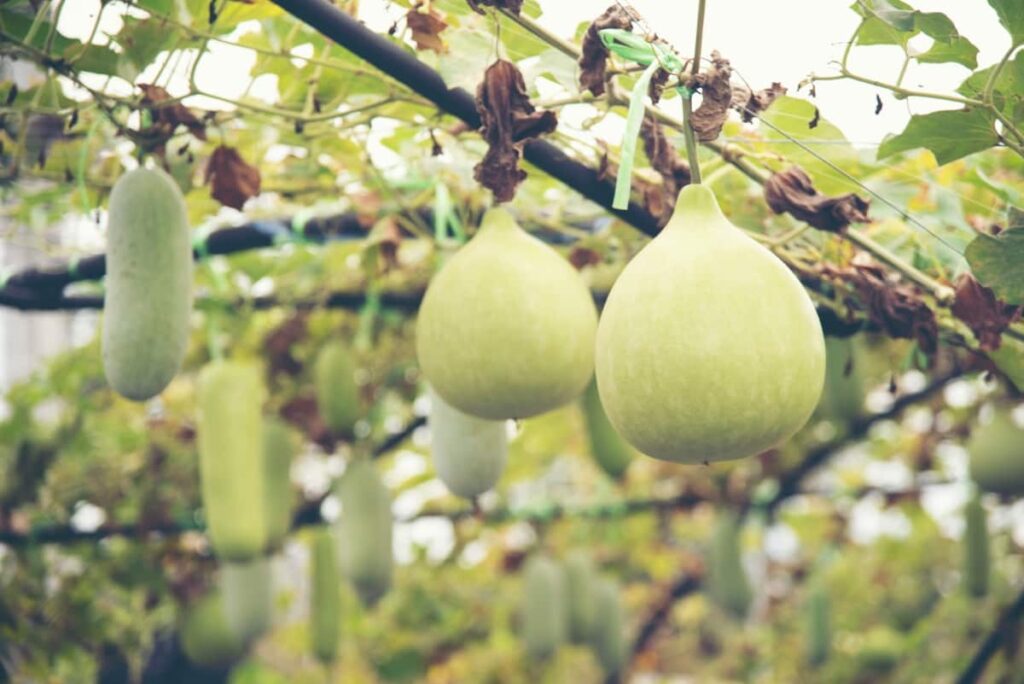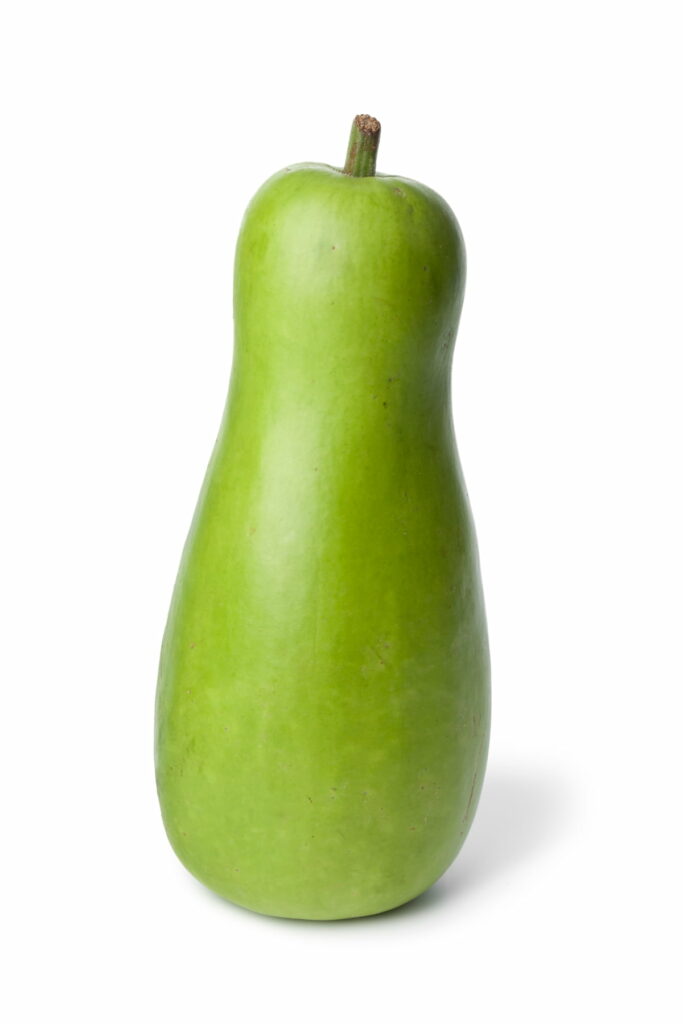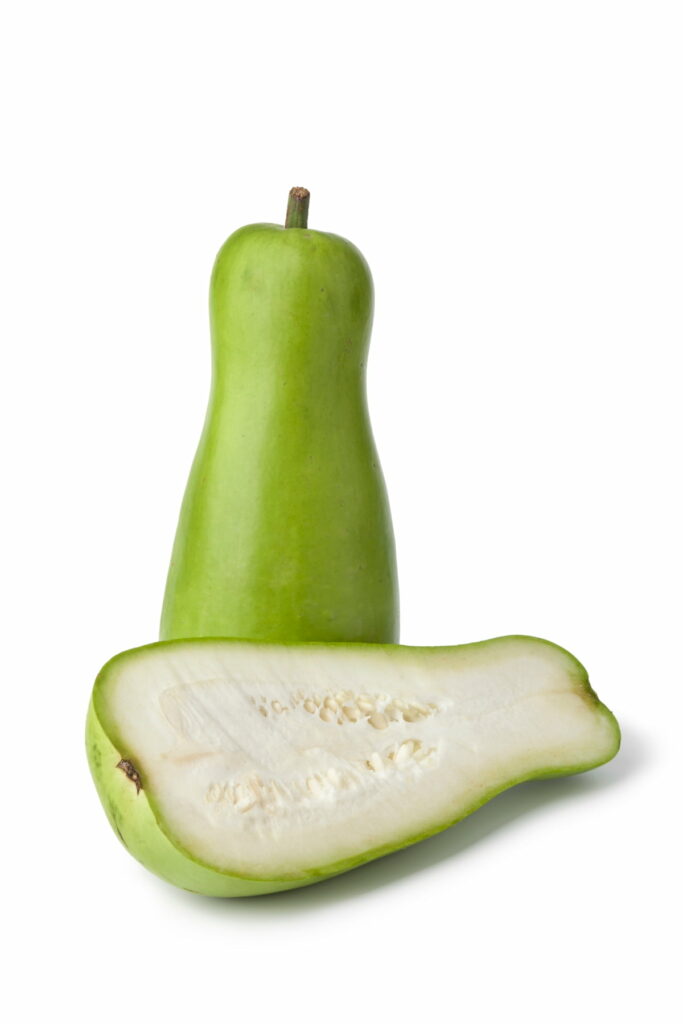Upo, known as a Bottle Gourd in English, is a versatile vegetable that gained popularity in the Philippines due to its numerous health benefits and culinary uses. Scientifically known as Lagenaria siceraria, Upo is visually appealing and also rich in nutrients. This versatile vegetable contributes to food security, supports local livelihoods, and promotes sustainable practices.

Upo Farming in the Philippines
Historical Background of Upo Farming in the Philippines
Upo farming has a long and rich history in the Philippines, dating back to ancient times. The cultivation of this versatile vegetable can be traced back to pre-colonial periods when indigenous communities recognized its nutritional value and adaptability to local growing conditions. Before the arrival of Spaniards in the 16th century, Upo was already an integral part of Filipino cuisine. During Spanish colonization, Upo farming continued to flourish as it became popular among both Filipinos and colonizers.
Today, Upo remains an important component of Filipino agriculture and culinary heritage. By cultivating Upo in the Philippines, they can generate income from both local sales and export markets. This boost in revenue improves their quality of life while fostering rural development. This indigenous plant has been cultivated for centuries and holds a significant place in Filipino cuisine and culture.
Climate and Geographical Requirements for Upo Cultivation
This versatile crop prefers warm temperatures, with an ideal range between 25°C to 35°C. It can tolerate higher temperatures but may exhibit slower growth rates. In terms of rainfall, Upo thrives in areas that receive moderate rainfall, around 700-900 mm per year. The soil type also plays a major role in successful Upo farming. Also, the pH level must be slightly acidic to neutral (pH 6-7) for optimum growth. Geographically, Upo farming is suitable across different regions of the Philippines due to its adaptability.
Varieties of Bottle Gourds and Their Suitability for Filipino Conditions
One commonly grown Upo variety in the Philippines is the “Kundol,” known for its elongated shape and smooth skin. This variety thrives in warm climates, making it ideal for cultivation in most parts of the country. Another popular variety is the “Kalabasa,” which has a rounder shape compared to Kundol.
It is well-adapted to tropical climates and can withstand high temperatures and humidity levels common in the Philippines. For those looking for smaller-sized gourds, there’s the “Patola” variety. The Upo Luyo variety is a resilient type of Upo that can tolerate saline soils better than other varieties while still producing quality fruits.
Cultivation Techniques and Practices for Upo Farming
- Seed selection: Choosing high-quality seeds is crucial for a healthy crop. Farmers look for seeds that are disease-resistant and have good germination rates.
- Soil preparation: The soil must be slightly acidic (pH 6-7). Farmers till the land thoroughly, remove weeds, and add compost or manure to enhance fertility.
- Planting: Upo can be grown directly from seeds or transplanted seedlings. Seeds are usually sown at a depth of 1-2 centimeters with a spacing of around 50 cm between plants.
- Trellising: To maximize space utilization and promote better air circulation, trellises or supports are used to train the vines vertically.
- Watering: Adequate watering is essential during the initial stages of growth to help establish strong root systems. Once established, regular but controlled irrigation is necessary to avoid waterlogged conditions.
- Fertilization: Applying balanced fertilizers at different growth stages helps provide essential nutrients for proper plant development and fruit production.
Pest and Disease Management in Upo Farming
As with any crop, Upo is susceptible to several pests and diseases that can impact its growth and yield. One common pest that affects Upo plants in the Philippines is the aphid. To control aphids, farmers often employ natural predators like ladybugs or use organic sprays made from neem oil or garlic extract. Another notorious pest for Upo farming is the fruit fly. Powdery mildew is one of the diseases that frequently affects Upo crops.
Proper sanitation, such as removing infected plant parts and applying fungicides, can help prevent its spread. Root rot caused by waterlogged soil conditions is another concern for Upo farmers. By carefully monitoring their crops and implementing effective pest and disease management strategies, Filipino farmers can safeguard their Upo harvests and ensure a bountiful yield year after year.
Irrigation Methods for Upo Farming: Optimizing Water Usage in the Philippines
One common irrigation method used in Upo farming in the Philippines is drip irrigation. Drip irrigation allows for precise moisture level control, ensuring that the Upo plants receive just the right amount of water they need. Another effective technique is mulching, which involves covering the soil around the Upo plants with organic materials such as straw or leaves.
It prevents soil erosion, further optimizing water usage. In areas with access to rivers or reservoirs, farmers may use flood irrigation. This irrigation involves flooding the fields with water and allowing it to seep into the soil gradually. By using these advanced tools, farmers can reduce waste and conserve precious freshwater resources.
Organic Farming of Upo in the Philippines: Trends, Benefits, and Practices
The main practice in organic Upo farming is the use of natural compost and manure as fertilizers. Additionally, farmers are employing techniques such as crop rotation to control pests and diseases naturally. The benefits of organic Upo farming are manifold. It eliminates exposure to toxic chemicals for both farmers and consumers, ensuring a safer food supply chain.
In case you missed it: Carrot Farming in the Philippines: How to Plant and Grow Carrots for Profit in the Philippines Climate

Organically grown Upo retains more nutrients compared to conventionally grown ones since there are no chemical residues present. This makes it a healthier choice for those seeking nutritious produce. Practices like companion planting with beneficial herbs or flowers help attract pollinators and repel pests naturally while maintaining biodiversity on farms.
Latest Techniques in Bottle Gourd Cultivation in the Philippines
The agricultural landscape is continuously evolving, and farmers are always on the lookout for innovative ways to plant and ensure they receive adequate nutrients to enhance their crop yields. In recent years, there have been significant advancements in Upo cultivation practices in the Philippines. One such technique gaining popularity among Filipino farmers is vertical farming. By utilizing vertical structures such as trellises or poles, farmers can maximize space and grow more Upo plants per square meter.
This method not only increases productivity but also makes harvesting easier and more efficient. Another emerging technique is precision farming, which involves using technology to monitor and optimize various aspects of Upo cultivation. Additionally, hydroponics has gained traction as an alternative method for growing Upo. With this technique, plants are cultivated without soil by using water-based nutrient solutions instead. Furthermore, integrated pest management (IPM) strategies have become increasingly important in Upo farming.
Upo Farming Regions in the Philippines
The cultivation of Upo is widespread throughout the Philippines, with farmers in various regions embracing its potential. Some of the major areas known for Upo farming in the Philippines include Central Luzon, Calabarzon, Bicol Region, and Western Visayas. These regions provide favorable climatic conditions and fertile soil that are ideal for growing this versatile vegetable.
In Central Luzon, provinces such as Nueva Ecija and Pampanga have a rich history of Upo cultivation. Calabarzon region, which comprises Cavite, Laguna, Batangas, Rizal, and Quezon provinces, also plays an essential role in Upo farming. Western Visayas region is another significant area where farmers actively engage in cultivating Upo. Provinces like Iloilo are at the forefront of agriculture development initiatives by the government and private sectors alike.
The Supply Chain of Upo Farming in the Philippines: From Farmer to Consumer
It all starts with the dedicated farmers who cultivate Upo in their fields. These hardworking individuals carefully sow the seeds, nurture the plants, and receive adequate sunlight and nutrients. They play a main role in ensuring high-quality produce. Once harvested, the Upo is transported to local markets or directly to wholesalers. This step involves careful handling and packaging to protect the delicate fruits during transportation.
Farmers often collaborate with middlemen or cooperatives to streamline this process efficiently. Wholesalers then purchase large quantities of Upo from farmers or intermediaries. Retailers play a key role in making fresh Upo available to consumers across different locations. Consumers have access to this nutritious vegetable through various purchasing channels like supermarkets, wet markets, online platforms, or even directly from farmers themselves through farm-to-table initiatives.
In case you missed it: Steps for Starting Beekeeping in the Philippines: Business Plan, Cost, and Profit

Conclusion
Upo farming holds great significance in the agricultural landscape of the Philippines. Upo farming in the Philippines brings numerous benefits to both farmers and consumers. One of the primary advantages is its nutritional value. Upo farming contributes to food security in the country. Its fast growth rate allows for multiple harvests throughout the year, ensuring a steady supply. This helps reduce dependence on imported vegetables and promotes self-sufficiency.
- Aquaponic Farming at Home: A Step-By-Step Guide
- Profitable Village Farming Business Ideas in 2024
- High-Yield Aquaculture: Fast-Growing Fish for Farming
- Effective Fish Pond Construction Techniques for Beginners
- Irrigation and Water Management in Pineapple Farming
- Blossom to Harvest: Mastering Flowering and Pollination in Papaya Farming
- Pig Fattening Essentials: From Selection to Sale for Beginners
- Raising Wagyu Cattle: A Complete Guide for Premium Beef Production
- Soil Types and Their Water Holding Capacity
